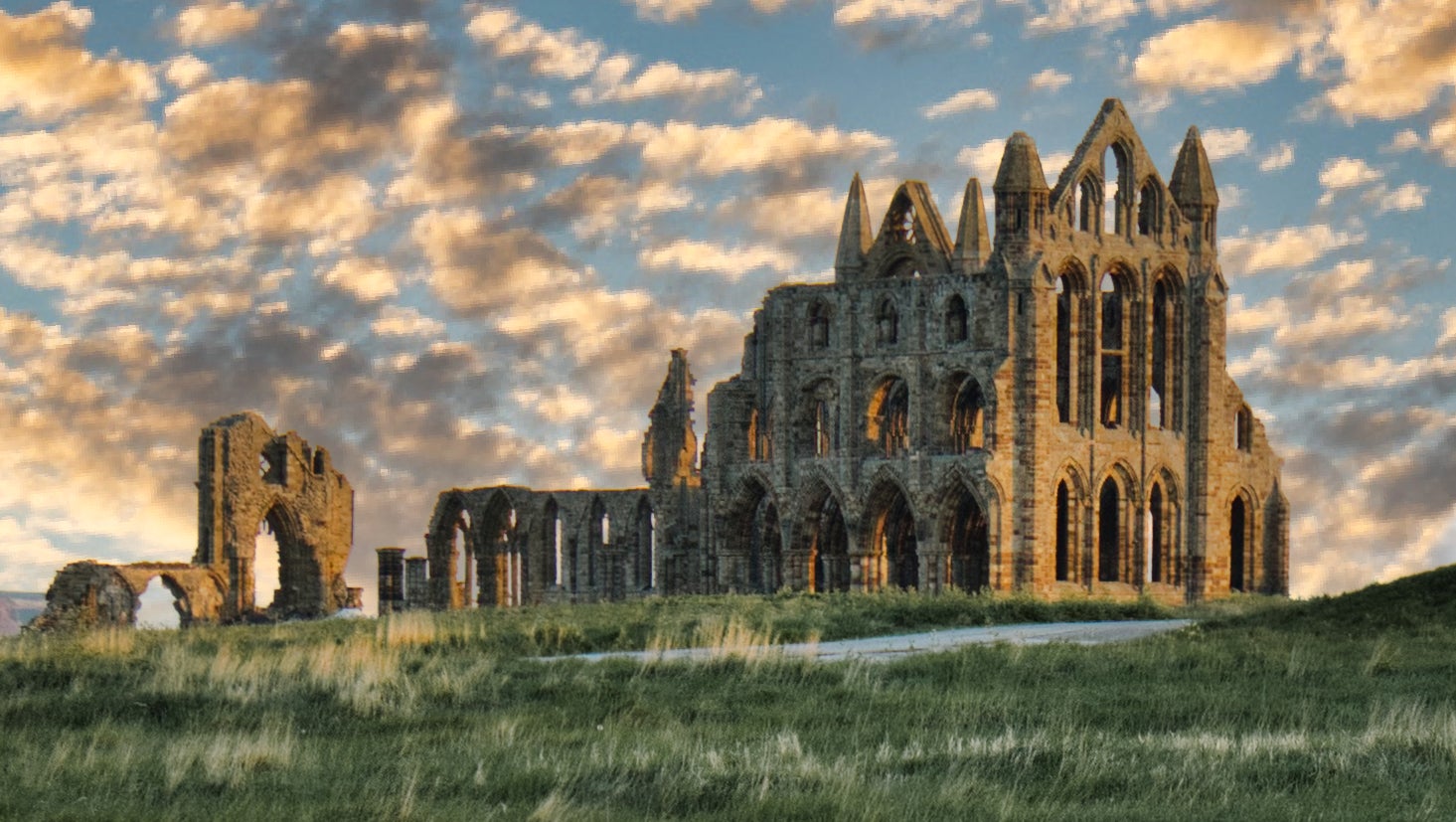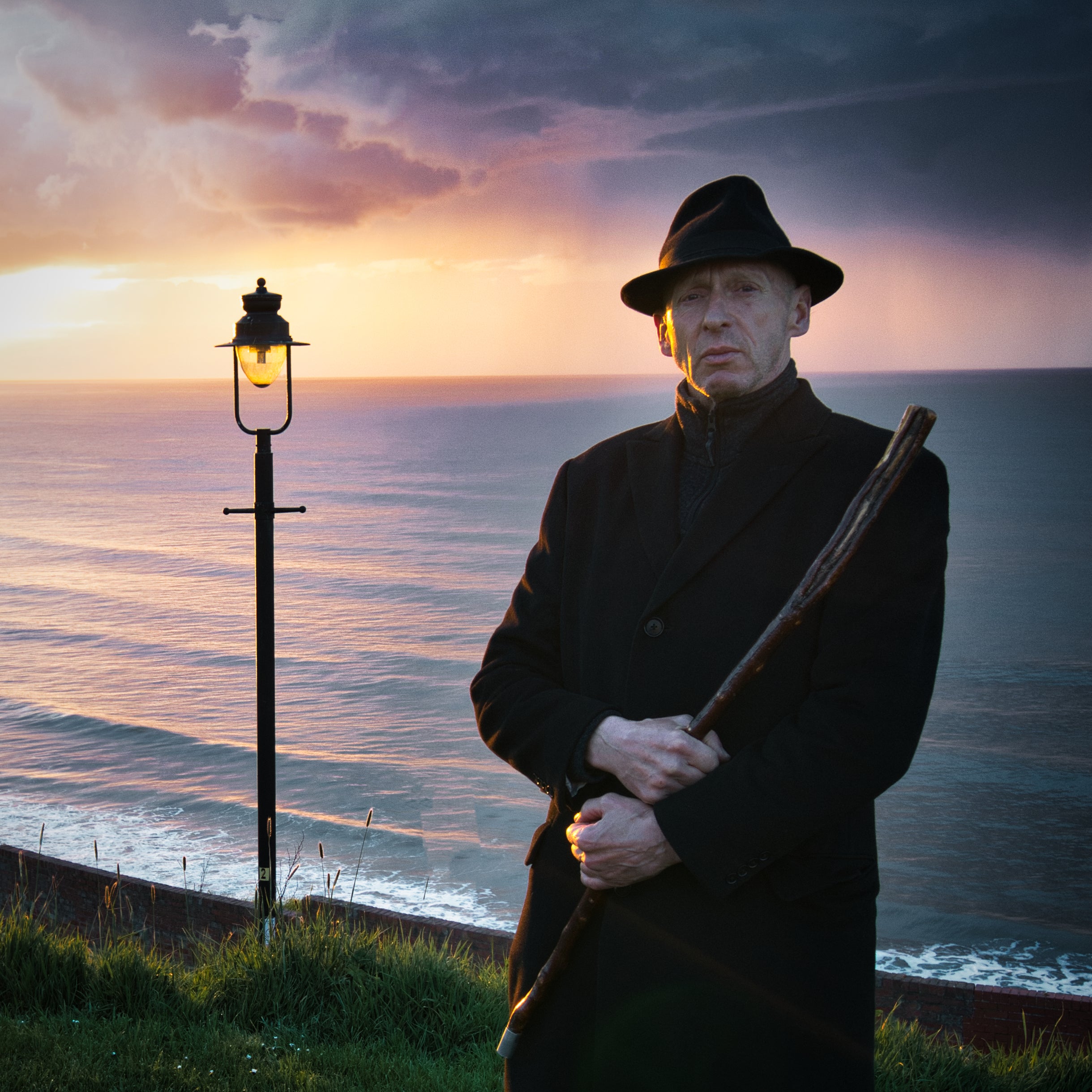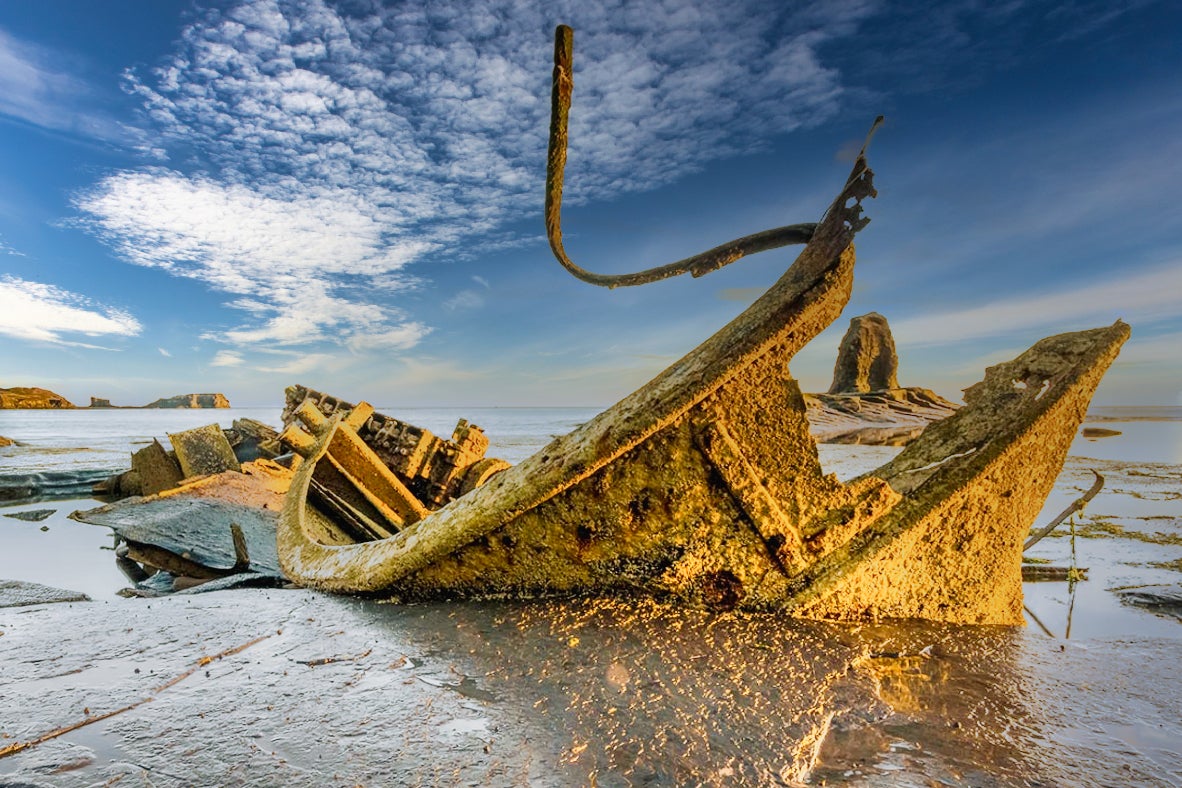Searching for Dracula: a Yorkshire hike to sink your teeth into
Peter Elia chases Dracula’s gothic tentacles on a hike through northern Yorkshire’s prettiest (and darkest) villages

I gaze up in eerie satisfaction at the skeletal ruins of Whitby Abbey, the 13th-century structure looming over the bay from its nightmarishly high position on the headland. After a month’s stay in 1890, it inspired Bram Stoker to write Dracula, possibly the most famous vampire novel of all time. As a lifelong Dracula fan and avid hiker, it seems only fitting to combine both interests and set out on a dark pilgrimage to uncover Stoker's Whitby.
Over two days, I'm walking the 18 miles from the village of Staithes to Robin Hood’s Bay on the North Yorkshire coast. This trail forms part of the 108-mile Cleveland Way, which starts in the Yorkshire Moors and finishes covering a large part of the county’s coastline. Whitby is on the route, and I plan to stay the night, which also conveniently breaks up the hike.
I start day one’s 11-mile hike in the gorgeous village of Staithes, a cluster of fishermen’s cottages clinging to the hillside above its cosy harbour. I find myself in no real rush to leave, and instead head for Dotty’s Vintage Tearoom for a takeaway coffee and scone as I watch the colourful fishing boats (called Cobles) drift by. I could easily spend the rest of the morning here, but Whitby is calling my name.
I begin my hike and head south, working up a sweat as I climb an escarpment on the outskirts of the village. At the top of the plateau, dramatic cliffs and the wild North Sea lie on one side and contented sheep graze on the other. Staithes slides out of view, replaced by the seaside village of Runswick Bay with its striking red-roofed houses and sweeping sandy beach. I'm sure Dracula would find Runswick far too chocolate-boxy for his liking.
As I ascend further up the coast to Kettleness Point, I hear the whispering sounds of crumbling chalk within earshot. The area is an erosion hotspot thanks to large waves breaking against the base of the cliff over thousands of years. Stoker wrote “the sun dipped below the black mass of Kettleness” as a precursor to Dracula’s arrival on English soil. Perhaps he sensed the cliffs’ precarious nature too.
In the distance, the faint outline of Whitby Abbey emerges, and it’s time to begin the gradual descent into town for fish, chips, and gothic discovery.
As sunset arrives, what better way to uncover Whitby’s chilling past than an evening guided ghost walk? Karl Wittering, aka Doctor Crank, is a local ghost story expert and Dracula aficionado. I join a group of 30 curious souls and hear of supernatural tales as we wander through Whitby's narrow lanes. “Has anyone read Bram Stoker’s Dracula?” bellows Dr Crank. A few of us raise our hands. Dr Crank goes on to reveal that characters such as Mr S F Billington (Dracula’s lawyer and procurer of Transylvania soil) and Mr Swales (Dracula’s first victim) were based on real names of people in the town. On hearing this, the hairs on the back of my neck stand up.

The following morning, there’s plenty of time to explore a little more of Whitby, considering day two’s hike to Robin Hood’s Bay is only seven miles.
I walk through the quayside where Captain Cook learned his trade, and where several of his ships were built. The most famous of these was HMS Endeavour, which Cook sailed in 1768 on a mapping expedition leading to the discovery of New Zealand and the east coast of Australia. With so much maritime history around me, I’m in a nautical mood and join the Summer Queen boat for a jaunt around the bay.
The cruise gently exits the harbour mouth. A long row of coloured beach huts line the shore, with a few brave swimmers in the North Sea. There’s also a second, deserted beach in view below the cliff face where the Abbey stands. It was here, in 1885, that a Russian vessel crashed and the shipwreck captured Stoker’s imagination. He logs the details for his book, adding a ferocious storm, a crew of corpses and changes the vessel’s name from The Dmitry to The Demeter. The lone survivor is our antagonist, Count Dracula.
I leave the Summer Queen and cross the harbour bridge. I'm now following in the footsteps of Dracula as I stagger up the 199 Whitby Abbey steps, as referenced in the novel. OnceThe Demeter lies shipwrecked, the Count shapeshifts into a large dog and bounds up the steps before disappearing into the night. Finally, I arrive at the Abbey’s graveyard, known as St Mary’s. Erosion and landslide have taken their toll on many of the graves, but this only adds to its haunting charm. It's no wonder that Stoker sets the scene for Dracula’s first bite of the tender necked Lucy Westenra right here.

I put all things Bram Stoker on hold and return to the cliff tops and hiking trail. Not long after, I spot some interesting shapes in the water at Saltwick Bay. Around the coastline lay the bow of an actual shipwreck. The vessel’s name was the Admiral Von Tromp, which ran aground in October 1976. Sadly, the only man on board was never seen again and the mystery remains unsolved, according to the Scarborough Maritime Heritage Centre. But, looking towards the jagged rocks, it’s not hard to imagine small fishing boats at the mercy of the North Sea.
Retracing my steps, I push on towards my journey’s end. The wildflowers and hedgerows offer a tranquil approach to Robin Hood’s Bay’s contrasting 18th-century reputation. It was once a haven for smugglers, and contraband goods would find their way from the boats and up through a maze of cobbled streets.
I finish the walk at The Bay Hotel. It was here that Lucy and her friend Mina Harker visit before their encounter with Dracula. This 18-mile Yorkshire coastal hike has an ideal mix of stunning scenery and genuine discovery in the day, although by night, Whitby's dark undercurrent had me sleeping with the window firmly closed.
Travel essentials
Staying there
Haven Crest B&B Whitby twin/doubles from £104
North Ings B&B Robin Hoods Bay twin/doubles from £92
More information
The Magpie Cafe Whitby for classic fish and chips
The Victoria Hotel Robin Hoods Bay for fine dining and sea views
For more information on the Cleveland Way, visit nationaltrail.co.uk/en_GB/trails/cleveland-way
For more information on Whitby, see visitwhitby.com
Peter Elia writes as The Man Who Hiked The World on Facebook
Join our commenting forum
Join thought-provoking conversations, follow other Independent readers and see their replies
Comments